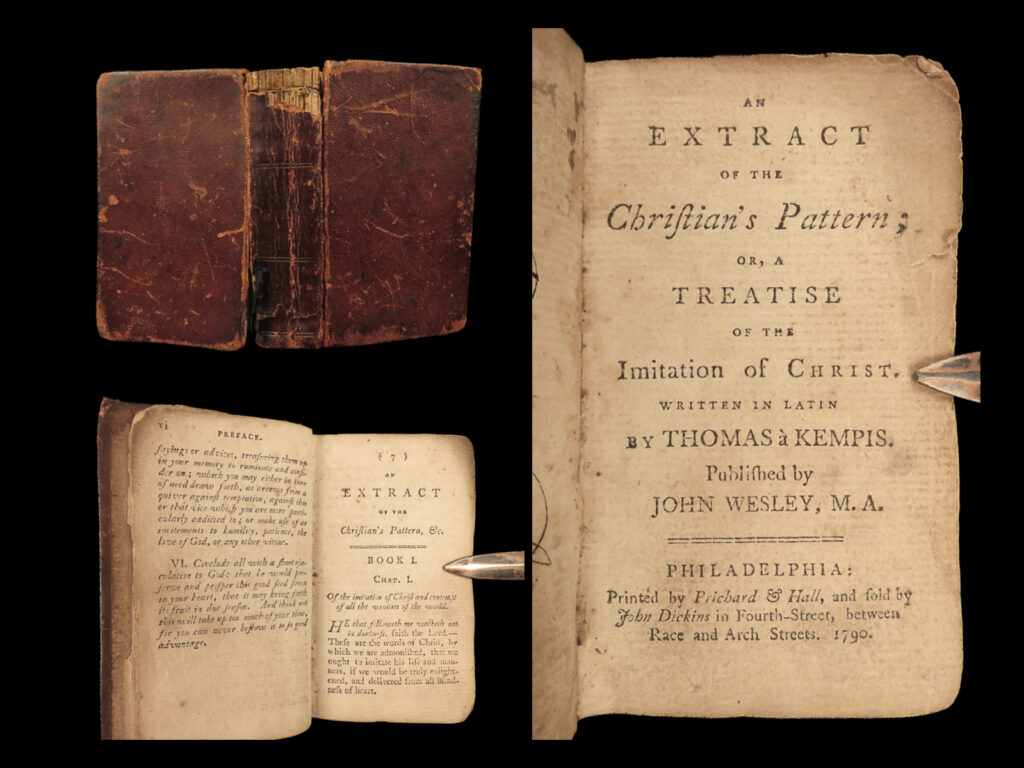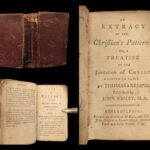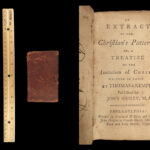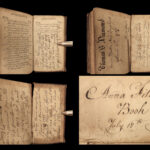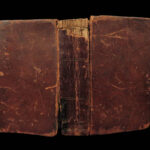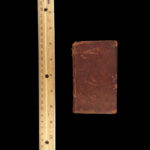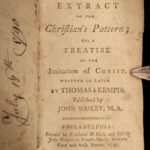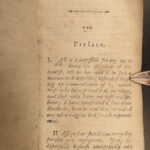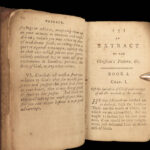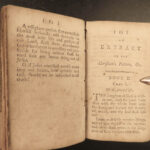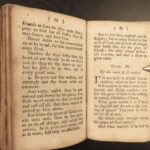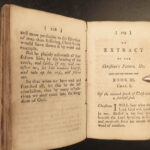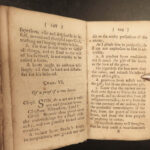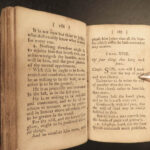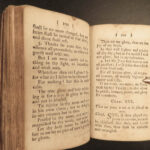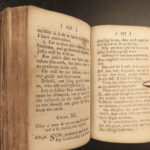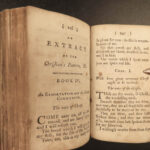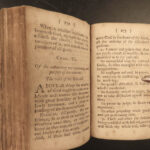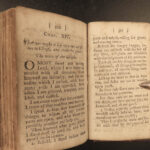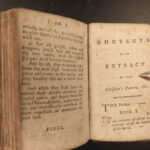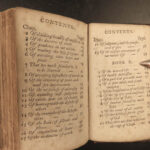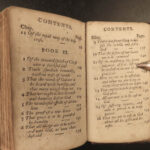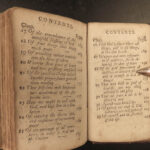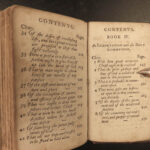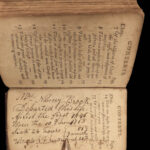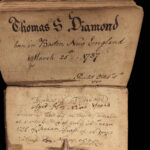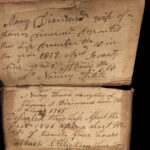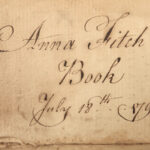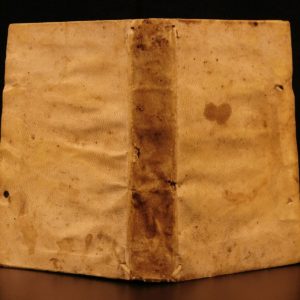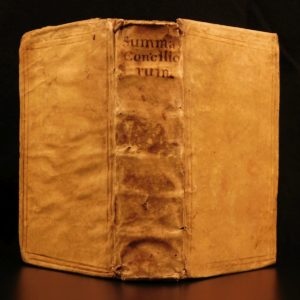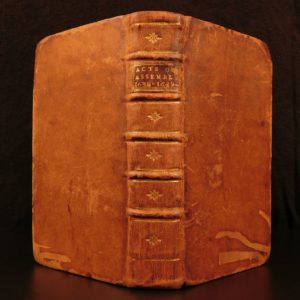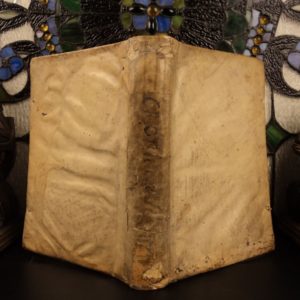1790 ENGLISH John Wesley Kempis Imitation Philadelphia Boston PROVENANCE Rev War
“Be not angry that you cannot make others as you wish them to be, since you cannot make yourself as you wish to be.”
― Thomas à Kempis, The Imitation of Christ
Thomas a Kempis’s most famous and important work has, for centuries, been ‘The Imitation of Christ.’ It has widely been known to have influence important Christian conversion including that of John Wesley and John Newton. This 1790 English edition of Kempis was edited and translated by Wesley who published it in Philadelphia. A rare, early American edition of Kempis!
1790 ENGLISH John Wesley Kempis Imitation Philadelphia Boston PROVENANCE Rev War
“Be not angry that you cannot make others as you wish them to be, since you cannot make yourself as you wish to be.”
― Thomas à Kempis, The Imitation of Christ
Thomas a Kempis’s most famous and important work has, for centuries, been ‘The Imitation of Christ.’ It has widely been known to have influence important Christian conversion including that of John Wesley and John Newton. This 1790 English edition of Kempis was edited and translated by Wesley who published it in Philadelphia. A rare, early American edition of Kempis!
Item number: #25576
Price: $750
KEMPIS, Thomas a
An extract of the Christian’s pattern; or, A treatise of the imitation of Christ
Philadelphia: Printed by Prichard & Hall, 1790.
Details:
- Collation: Complete with all pages
- vi, 7-306, [12]
- Provenance: Handwritten
- Anna Fitch, 1790
- Thomas S. Diamond, 1737-1796 (see below)
- Nancy Fitch
- Mary Diamond, 1817
- Nancy Brock, 1765
- F. Jackson, 1846
- Language: English
- Binding: Leather; secure
- Size: ~4in X 2.5in (10.5cm x 6cm)
Our Guarantee:
Very Fast. Very Safe. Free Shipping Worldwide.
Customer satisfaction is our priority! Notify us with 7 days of receiving, and we will offer a full refund without reservation!
25576
Thomas S. Diamond was born about 1737. Antiquarian sources say that he was of Huguenot ancestry, was in Boston in 1759,and that he settled in Albany after the American Revolution. However, he was in Albany by the mid-1760s when his second ward house and lot were noted on the city assessment roll. In 1767, he was included on the roster of the Rensselaerswyck militia company. He was a member and officer of the Albany Masonic lodge.
He has been called a Boston carpenter who was one of the builders of the Patroon’s new home north of Albany.
In 1771, he was living above the East Manor and was the first clerk of the new town of Lansingburgh. In the years following, he seems to have settled in Albany where he lived the remainder of his life.
His wife was Mary Mc Lane – the mother of his children. He was member of the Albany Presbyterian church. He also witnessed baptisms at the Albany Dutch church where his grandchildren were christened! Albany and regional resident William M. Diamond probably was his sole surviving son.
We seek information on his activities during the War for Independence. After the war, he was accorded a land bounty right in conjunction with the Albany militia regiment.
In 1779, his first ward property appeared on Albany assessment rolls. During the 1780s and 90s, his name appeared on a variety of community-based records and documents. In 1790, his first ward home on the south side of Hudson Street included two men, two females, and a slave. He also leased a lot south of Wolf Street from the city.
Thomas S. Diamond died in July 1796 at the age of fifty-nine. He was buried on August 25, 1796 in the Presbyterian church cemetery plot. His will identified his wife (but not by name), son William, two daughters, and a granddaughter. It passed probate on August 31. His widow died in 1817. – Excerpted from Landmarks of Rensselaer County, p. 120:
Category
Religion
Authors
KEMPIS, Thomas a
Printing Date
18th Century
Language
English
Binding
Leather
Book Condition
Excellent
Collation
Complete

